By Arnold Blumberg
The election of the Protestant Frederick V, Elector of the Palatine, to the throne of Bohemia instead of the Catholic Hapsburg, Ferdinand of Austria, sparked what was to become the Thirty Years War.
Driven from his newly acquired kingdom after the Battle of the White Mountain (November 8, 1620), Frederick was stripped of his Bohemian title and his domains in the Palatine (lying on the west bank of the Rhine River in modern-day Bavaria) by the victorious Hapsburgs and their allies of the German Catholic League. Forced to seek refuge, the former Elector and his household were granted protection in the United Provinces of the Netherlands. Because of the calamity that had befallen his family, for the next 22 years his third and youngest son, Rupert, would lead the life of an exile and learn and master the art of war.
Born on December 17, 1619, at Prague, Rupert was given the title Prince Rupert of the Rhine because he had come into the world while his father was still king of Bohemia. By his late teens he had grown into a handsome youth. He stood 6’4”and was an accomplished athlete and horseman. Although given an education the equal provided to any member of royalty of the time, the Prince’s personal interest—from an early age—concerned military matters.
With no formal war colleges or course of study in civilian institutions of higher learning yet established, an aspiring military commander in 17th-century Europe had to acquire his knowledge of strategy and battlefield tactics by reading about them, and—when the opportunity arose—taking part in actual campaigning. Rupert was fortunate to be able to do both in the 1630s. As a personage of note (Rupert’s mother was the sister of King Charles I of England) the young Prince was allowed to mingle with the leading elements of Dutch society, including the hereditary Stadtholders (political leaders) of the country. He was deeply influenced by them, especially Maurice of Nassau, who rose to prominence in the late 16th and early 17th centuries as commander of Holland’s army in its wars against Spain.
Maurice implemented a thorough reorganization of his army which would prove to be the basis for many 17th- and 18th-century military reforms. He led the way by creating a modern force that included a program of year-round training and prompt regular pay for soldiers. Further, he devised and instituted what would be called the Dutch System. A Dutch regiment was transformed from a columnar formation to a linear one. The latter—about 200 yards wide and only six yards deep—placed matchlock musketeers on both flanks of a pike-armed center. The result was a tactical organization whose firepower (muskets) could decimate an enemy while still protecting itself from opposing cavalry by employing pikes. The Dutch System gave greater mobility to infantry on the battlefield while generating a steady “rotation of fire.” Maurice’s reforms would remain the basis of infantry tactics for the next 200 years.
Whereas Rupert absorbed Maurice’s infantry practices through discussions and training with the Stadtholder’s veteran officers, he learned the new ways of cavalry combat from the officers of another great soldier of the age. This was King Gustavus Adolphus of Sweden, who had conducted military campaigns during the 1620s and early 1630s in Denmark, the Baltic, Poland, and Germany. His genius for war and lengthy experience in waging it spurred the King to devise an even more effective firepower regimen—using muskets and artillery—than that of the Dutch model. He also made lasting changes in the sphere of cavalry tactics.
Gustavus wanted his mounted service to be fast and powerful and to have a decisive effect on the battlefield; in short, he wanted the mounted arm to be an offensive force. To these ends he lightened the load carried by the trooper and his steed. He did away with the practices of the previous century that advocated the pistol as the cavalryman’s main weapon against opposing horse and foot, and an advance toward the enemy conducted at a walk or canter. Under the King’s reforms, the Swedish cavalry relied on shock delivered by the sword from lines of mounted men riding boot-to-boot at a trot.
Adding to the education he received from lectures and stories—and the many tracts and treatises available to him—Rupert was able to enter the “school of the soldier” by taking part in several active campaigns against the Spanish. At the sieges of Louvain (1635) and Bfeda (1637) Rupert distinguished himself in open combat and learned the many fine points of siege warfare. In 1638 the young royal assumed his first command as colonel of cavalry in his brother’s ill-fated expedition to retake the Palatinate from the Hapsburgs. Early in the operation Rupert led a cavalry charge against enemy horse soldiers outside the town of Rheine and totally defeated them. On October 17, 1638, at the Battle of Vlotho, Westphalia, the Palatinate army was beaten, but not before Rupert injected himself into the fight.
As his brother’s army took flight after being attacked, Rupert ordered a cavalry charge that drove a body of enemy horse from the field. Rupert’s regiment hotly pursued, but upon reaching the end of a narrow valley his troopers were set upon by a fresh enemy mounted regiment. After a prolonged engagement with this new foe, Rupert and his command dispersed them and again gave chase. A short time later, horses blown and men bloodied and fatigued, the Prince’s unit was surrounded by more Hapsburg cavalry and forced to surrender. During the entire episode, from his first charge of the day to his capture, Rupert led his comrades in every encounter, firing pistol and wielding saber, always disdaining the opportunity to escape even when it was certain that the battle had been lost.
The Battle of Vlotho showed that the 19-year-old Prince Rupert was a gifted cavalry commander and one of the bravest soldiers in Europe. So impressed were his Austrian captors that they repeatedly, over the three years of his imprisonment, attempted to persuade him to enlist in their army! The Holy Roman Emperor himself requested his enlistment, but the young Protestant soldier continually refused.
Prompted by his uncle Charles, King of England, Rupert was released by the Austrians in December 1641. Charles wanted his nephew to join him in case of war with his Parliament. Few of the King’s supporters had military experience, so the addition of Rupert under the royal standard would be a definite plus for the monarch’s cause.
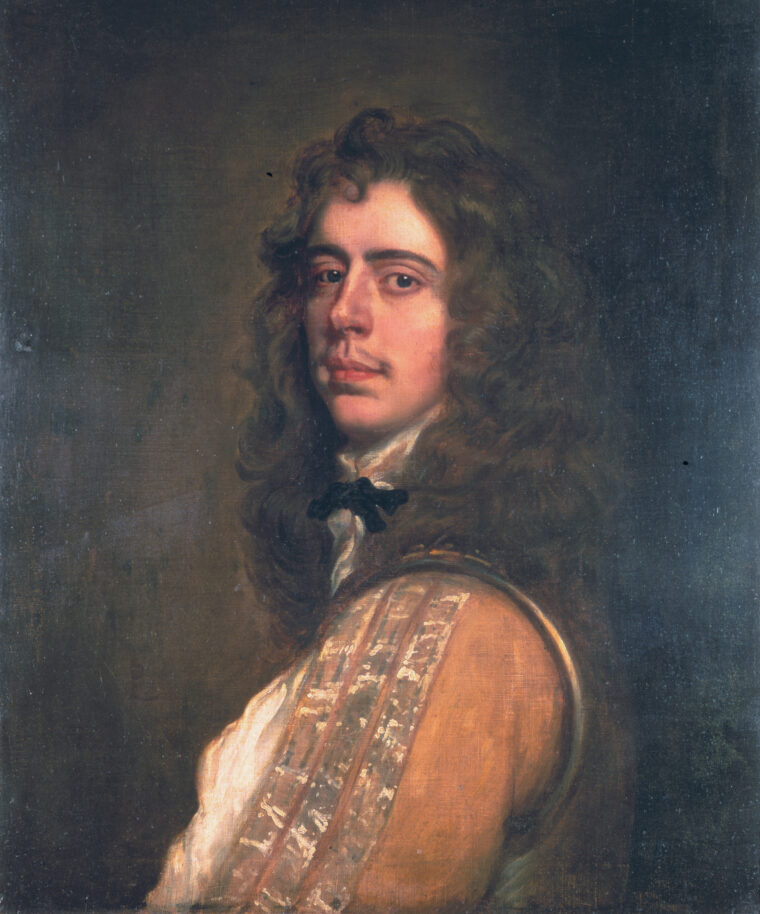
In July 1642, Rupert crossed the English Channel to join his uncle. He was immediately made commander of the Royal Army’s entire mounted force. So complete was Charles’s confidence in Rupert that he made the Prince independent of the nominal army chief, the old veteran Lord Lindsey.
Soon it was obvious that Charles’s trust had not been misplaced. Rupert and the Royalist cavalry got along well. The men were impressed with their young chief’s energy and endurance, concern for their welfare, and habit of leading from the front. They appreciated his practice of keeping them informed and never speaking down to them. They liked the less than charming and tactful way he treated those high-born nobles—both superiors and subordinates—who were so prevalent in the Royalist army. Rupert expected competence and hard work—from commoner and noble alike. His practice was to promote on merit not lineage, and this further endeared him to his men..
From the beginning of the First English Civil War to its end, Rupert sustained his well-earned reputation for bravery. At Powick Bridge (September 23,1642) the Prince’s small force of about 500 cavalry was surprised in camp by a much larger Roundhead command advancing on the town of Worchester. Leading by example, the Prince mounted all the men he could—with or without weapons or body armor—and struck the approaching enemy head-on, routing them and capturing or killing over 200.
A month later, at the first large fight of the war—at Edgehill (October 23)—Rupert was allowed to use his ability to pick terrain and deploy troops as he saw fit. During the conflict he commanded the Royalist right wing comprising three cavalry regiments. Opposite him stood four mounted regiments of Parliamentarian horse. Sensing it was time to attack and thus relieve the pressure on the Royalist infantry in the center, Rupert put spur to horse and led his troopers against his Roundhead counterparts, breaking them and giving chase for three miles. As soon as the enemy started to run from the field, Rupert frantically tried to rally his men and return them to the fight that was raging between the King’s infantry and the enemy’s foot soldiers and supporting horse. He managed to gather only 150 of his command, but this was too small a force to allow him to have any further effect on the battle.
The winter and spring of 1643 saw another facet of Rupert’s military ability come to the fore—raiding. Used for breaking up enemy force concentrations, enlisting recruits, capturing strategically important towns, and bringing in supplies—or destroying enemy materiel—raids behind enemy lines required courage and stamina. Rupert’s foray of June 1643 showed him to be a master of this type of independent mission. For 24 hours his men rode 40 miles into enemy territory, broke up or destroyed a number of enemy bands, and then ended the expedition by thoroughly thrashing a Parliamentary force at the Battle of Chalgrove Field on June 18.
The next month Rupert took England’s second largest city by storm. In 14 vicious hours of fighting on July 26, 1643, the 23-year-old Royalist commander, leading each well-coordinated major attack on the town’s defenses, captured Bristol, giving his king a major port and a vital bastion in the West Country. Then, at the Battle of First Newbury on September 20, 1643, Rupert, in charge of the Royalist left, assailed Lord Essex’s right flank. Using about a thousand “commanded musketeers” as fire support for his outnumbered cavalry, the Prince charged the enemy time after time with “whirlwind mounted assaults.” But the terrain and the numbers against him prevented the Prince from beating back his opponent. At one point Rupert was approached by a lone Roundhead cavalryman who fired a pistol point blank at him, the bullet glancing off his helmet. Nonplussed by his narrow escape, Rupert continued directing the battle as if nothing had happened.
It was not until March 1644 that Rupert received the opportunity to lead a major independent command. His mission was to start for the North Country and relieve the Crown-held town of Newark. By forced and secret marches, his outnumbered army lifted the siege of the city, then defeated the superior enemy force that had invested the place.
Emboldened by the results at Newark, Rupert’s superiors ordered him to take an army of 14,000 and relieve the Royalist-held city of York, then under siege by 28,000 Parliamentary and Scottish troops. The result was the largest battle of the First English Civil War, the Battle of Marston Moor. At first the Prince’s adroit maneuvering, using what is now referred to as the “indirect approach,” forced the besieging allied army to abandon its positions before York and retreat. Rupert followed them so closely that the Anglo-Scots were forced to halt and take up battle positions, or face the prospect of being attacked piecemeal by Rupert as they retreated.
On July 2, 1644, both armies were arrayed for battle. As late afternoon approached, the allies unexpectedly attacked. Realizing that time was not on the side of his outnumbered army, Rupert led a cavalry charge designed to win the contest. But here Rupert was facing Oliver Cromwell’s well-trained and disciplined Ironsides cavalry. Even so, Rupert’s attack almost broke Cromwell’s men. Only the arrival of fresh Scottish horse striking the Cavaliers’ flank—and thus scattering them from the field—prevented a victory for the King.
The destruction of the Northern Army and the loss of the North Country were blamed on Rupert. It was an unfair charge; he had written orders from the monarch to bring on a battle. In order to punish the Prince, he was then made Charles’s Army Commander, a titular post. The King ignored his advice not to fight during the Naseby Campaign, and the result was the disastrous defeat of the King’s organized force by Parliament’s New Model Army on June 14, 1645. At Naseby, Rupert threw his cavalry at the enemy left flank and drove his opponent’s horse off the field. But as at Edgehill three years before, and at other battles big and small, the lack of discipline, and more importantly, the absence of a Royalist mounted reserve, sealed the fate of the King’s army. Unsupported by friendly mounted contingents, which were off chasing enemy horse, Charles’s infantry—the corps of his remaining fighting power—was surrounded and destroyed by Parliamentary horse and foot.
The fights at Marston Moor and Naseby, and Rupert’s failure to hold Bristol, destroyed the relationship between the King and his nephew. As a result, the latter never held an active command in the Royalist army again.
On July 5,1646, Rupert was allowed by Parliament, which once branded him the “most dangerous Royalist general against us,” to immigrate to France. Joining the French Army, Rupert commanded a body of exiled English Civil War veterans until he was seriously wounded in a ambush during the siege of the Spanish-held town of La Bassee in 1647. He never saw active military service again, although he returned to England after the Restoration of 1661 and lived until 1682. Made a peer of the realm, an admiral in the English Navy, and a noted patron of the arts, Rupert, Prince of the Rhine, is best remembered in military history as “the King’s Cavalier.”
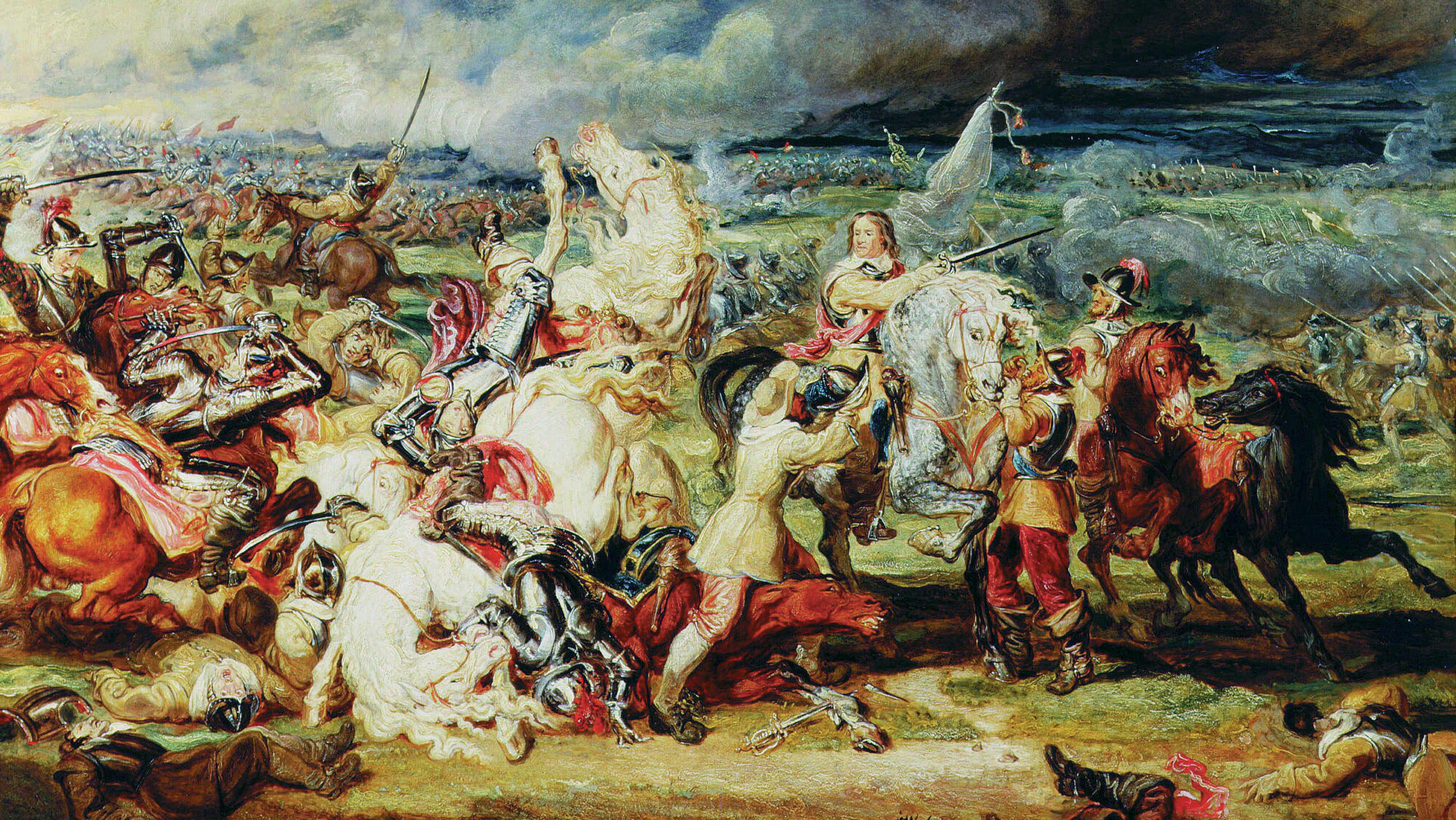
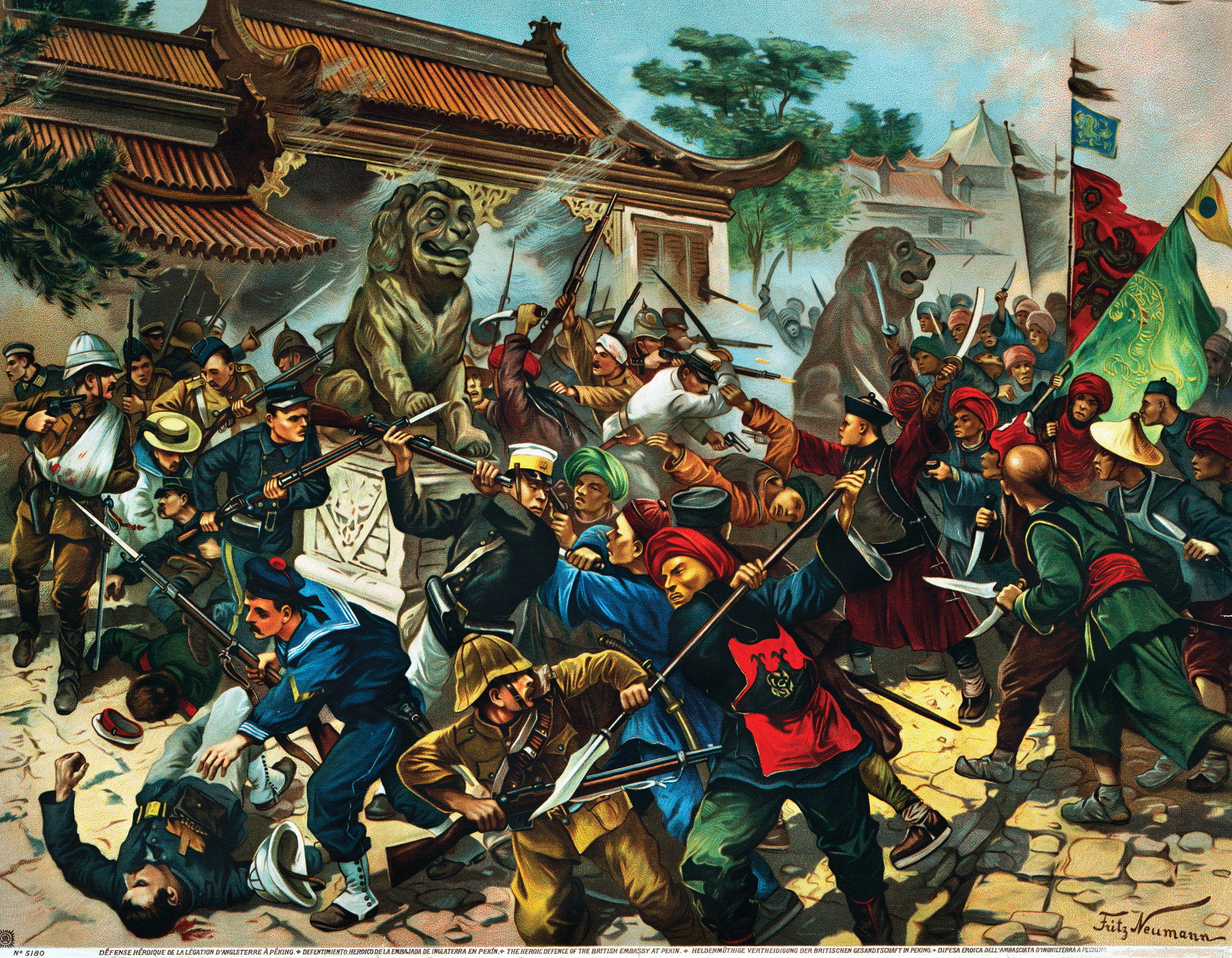
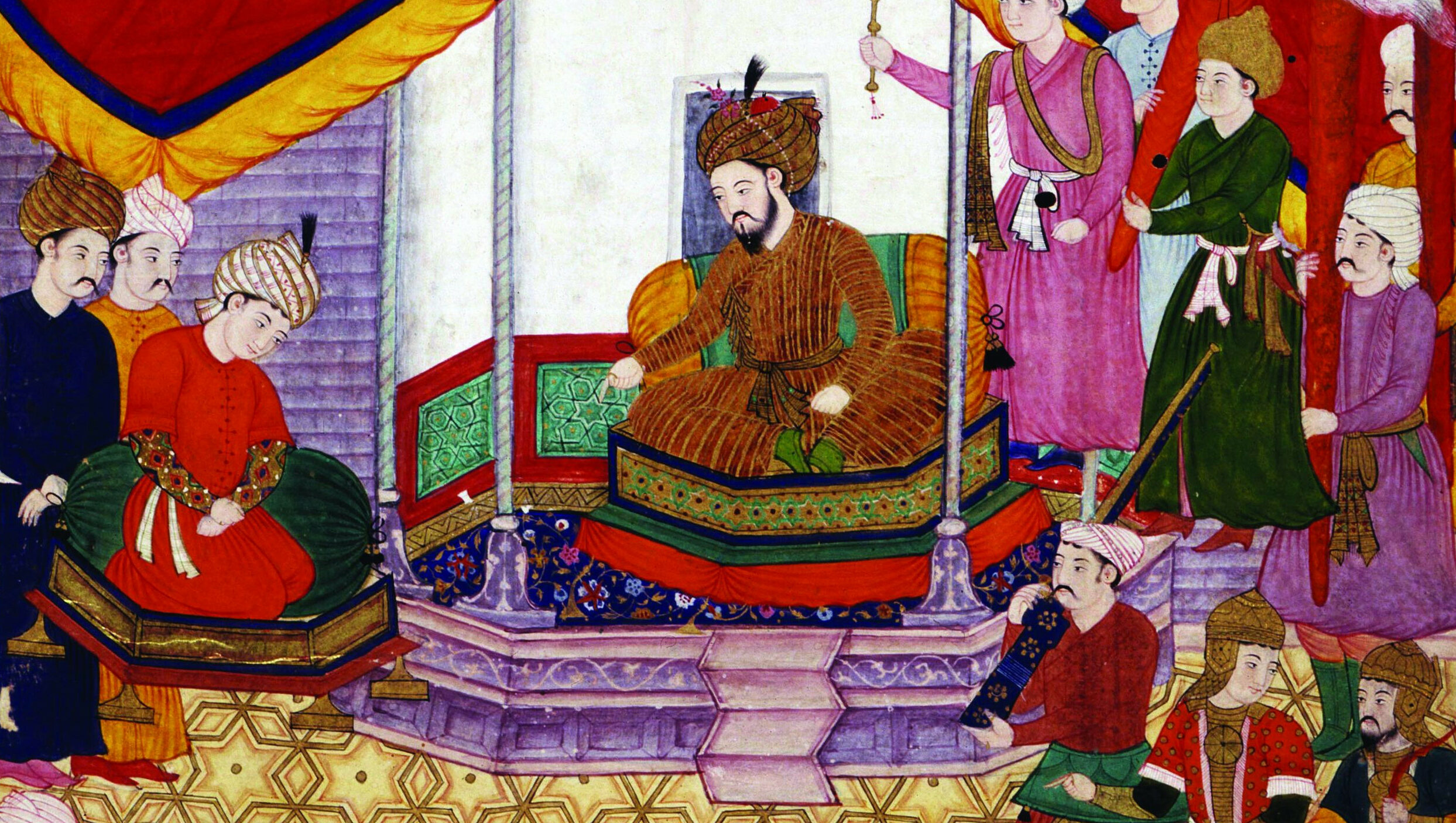
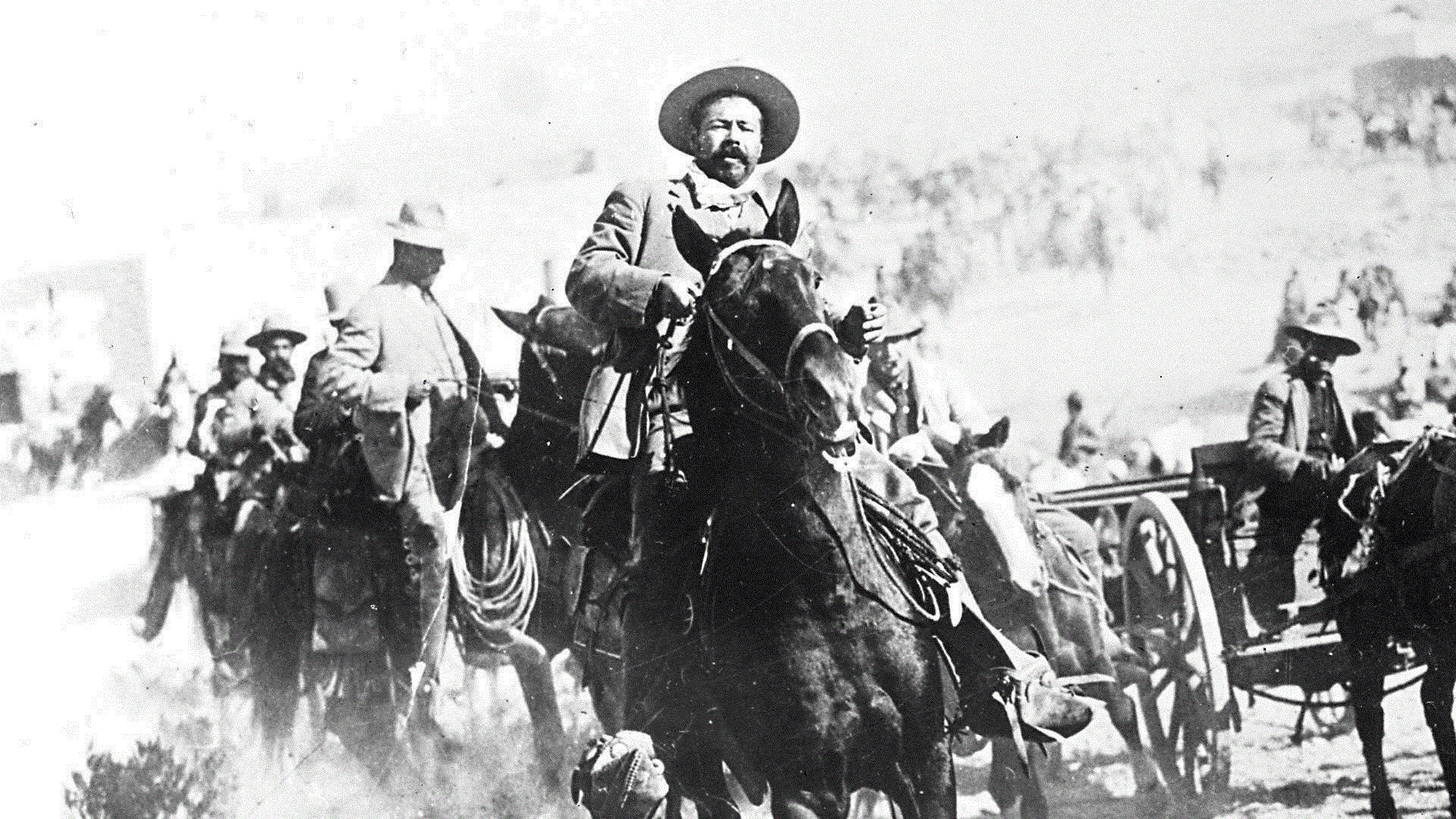
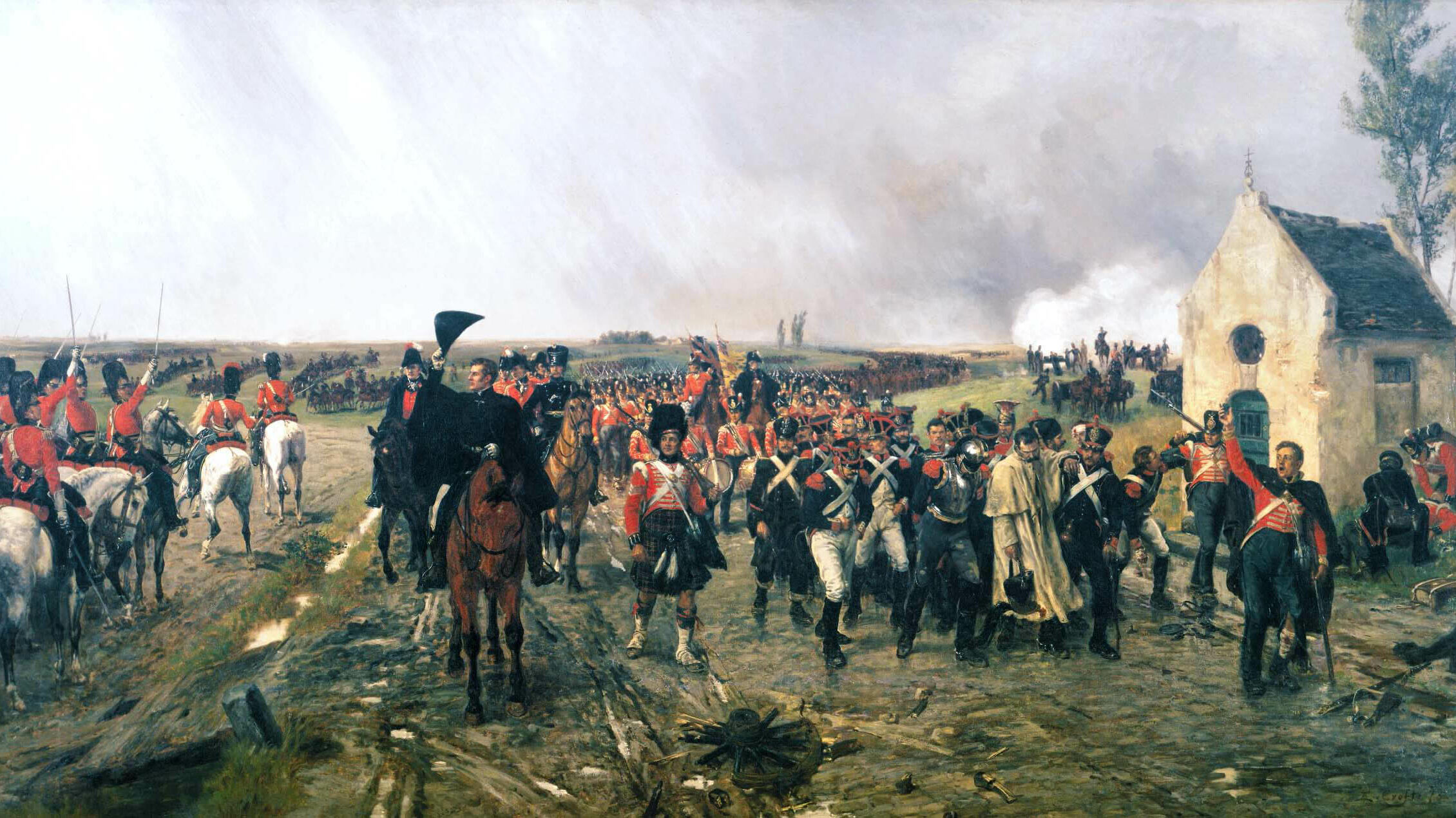
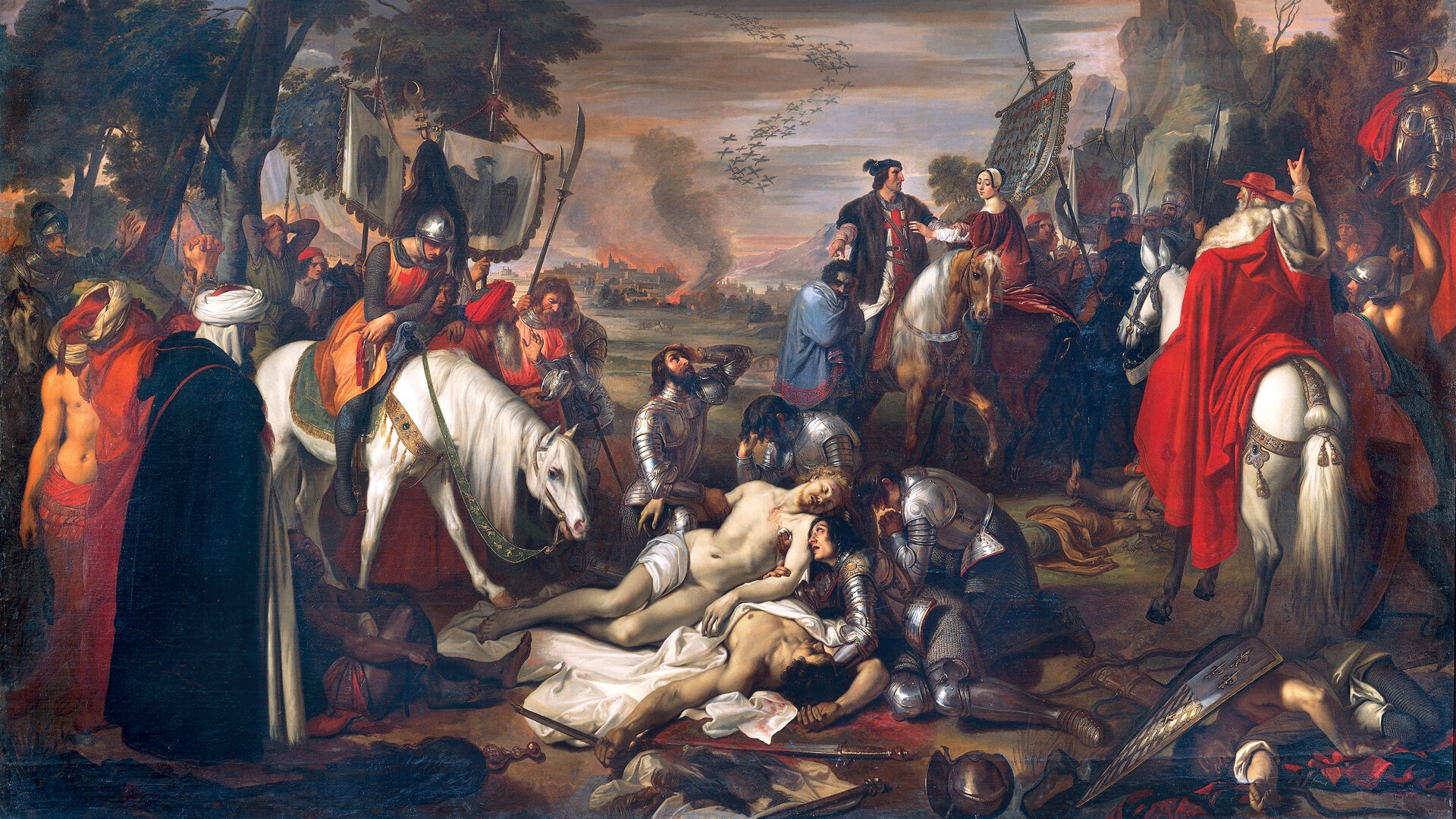
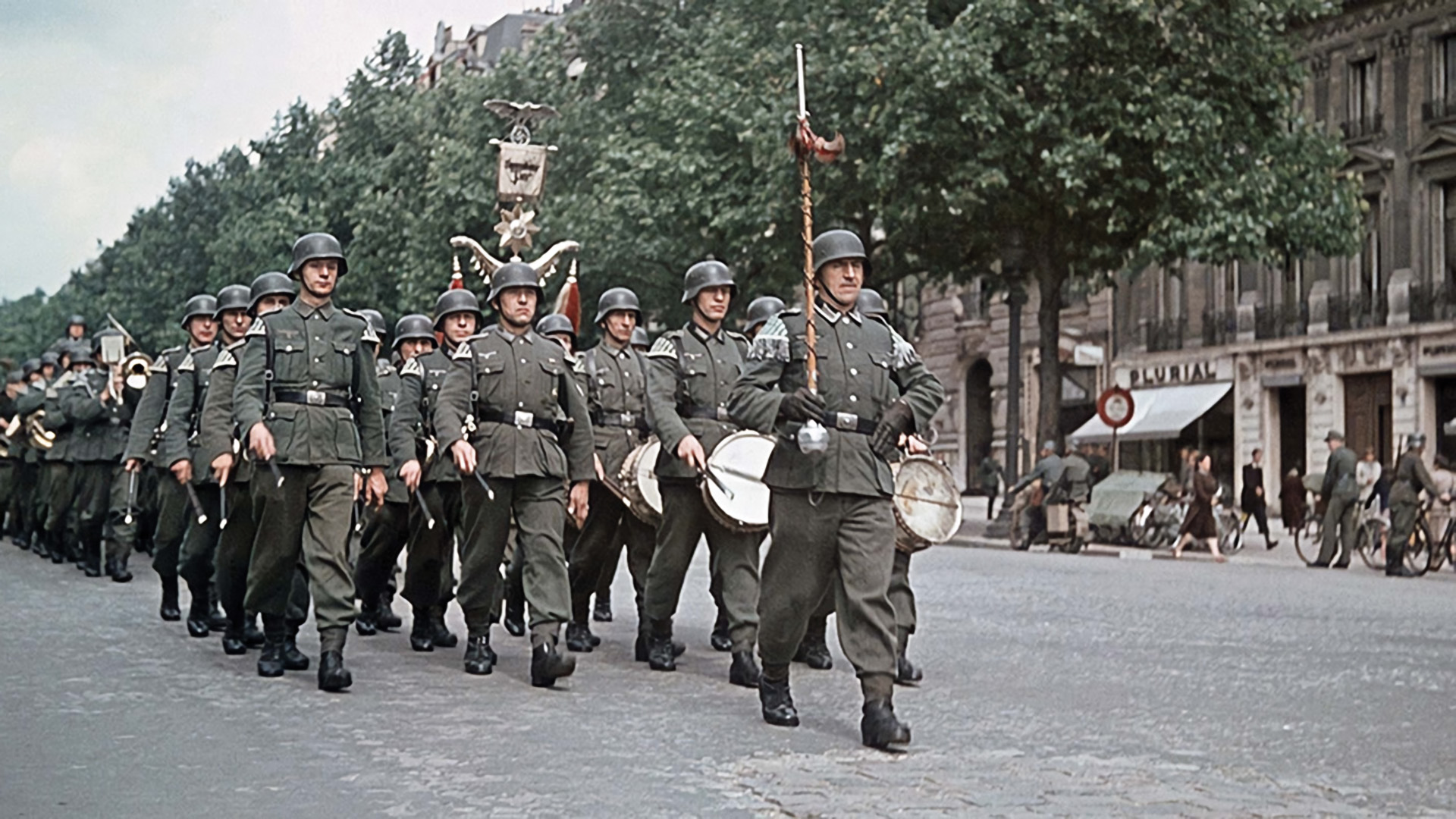
Join The Conversation
Comments
View All Comments